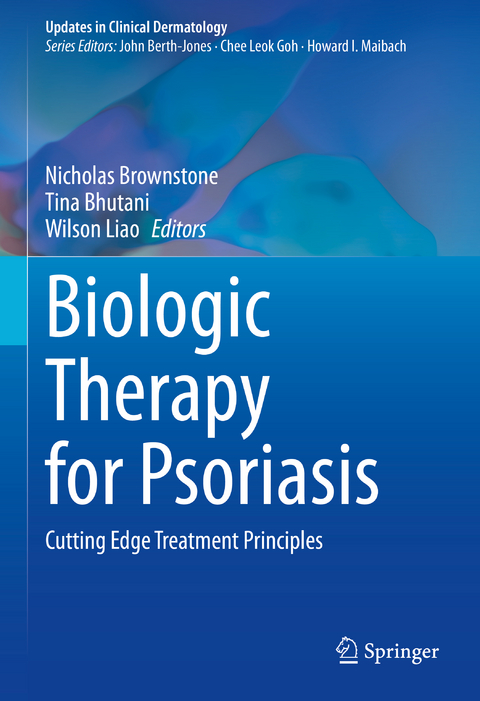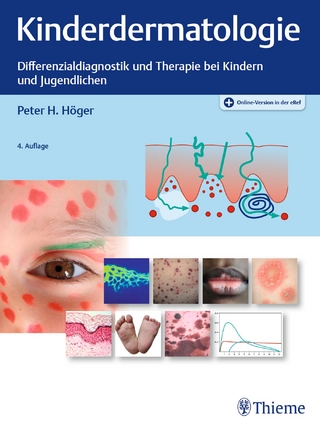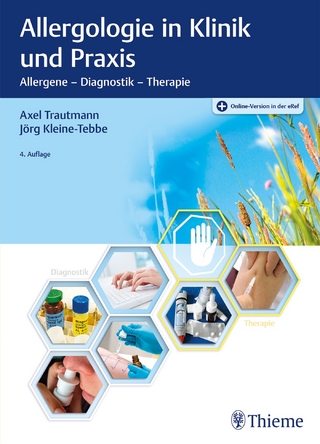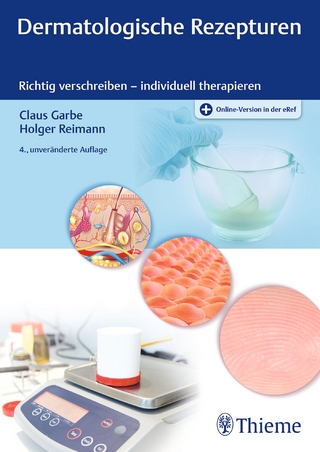
Biologic Therapy for Psoriasis
Springer International Publishing (Verlag)
978-3-030-92937-4 (ISBN)
Biologic therapy is a treatment that strives to modulate a patient's immune system to fight a given disease. In psoriasis, a skin disorder that is partly caused by a dysregulated immune system resulting in well-demarcated red areas of the skin with white scales, biologic therapy has the potential to vastly improve upon patient outcomes by minimizing the symptoms of this disease while maximizing the safety profile of the therapy.
This book offers an up-to-date and comprehensive review on biologic therapy for the treatment of psoriasis. With over 10 FDA approved biologic agents for psoriasis (with more in the pipeline), confusion exists among providers regarding which agent is best for a particular patient. Chapters cover all FDA approved psoriasis biologic agents (including pipeline agents) for use in pediatric, adult, and geriatric patients. This book is unique in that it will not only cover cutting edge treatment principles based on the latest research, it will also be one of the most comprehensive reviews of psoriasis biologics in the COVID-19 era.
Biologic Therapy for Psoriasis is a must-have resource for board certified dermatologists and rheumatologists, dermatology and rheumatology residents and fellows, dermatology physician assistants, nurse practitioners and medical students. The ultimate goal of this book is to improve patient care by making the busy practicing dermatology provider more adept with these particular therapies.
lt;p>Nicholas Brownstone
University of California, San Francisco
Psoriasis and Skin Treatment Center
San Francisco
California
USA
Tina Bhutani
University of California, San Francisco
Psoriasis and Skin Treatment Center
San Francisco
California
USA
Wilson Liao
University of California, San Francisco
Psoriasis and Skin Treatment CenterSan Francisco
California
USA
Introduction to Biologic Therapy for Psoriasis.- Laboratory Monitoring: TB, Hepatitis and HIV.- TNF-Alpha Class of Biologic Agents in Psoriatic Disease.- IL-17 class of Biologic Agents in Psoriatic Disease.- IL-23 Inhibition for the Treatment of Psoriatic Disease: Pathway Discovery and Overview.- Combination Therapy with Biologic Agents.- Biologic Agents for the Treatment of Pediatric Psoriasis.- Special Site Psoriasis.- Comparing Biologic Agents in Treatment of Psoriasis.- Long Term Registry Data for Psoriasis Biologics.- Psoriasis Biologic Agents in Special Populations.- Psoriasis Biologics and the COVID-19 Pandemic: Lessons Learned.- Adherence to Biologic Therapy for Psoriasis.
| Erscheinungsdatum | 22.02.2022 |
|---|---|
| Reihe/Serie | Updates in Clinical Dermatology |
| Zusatzinfo | XVII, 146 p. 5 illus., 4 illus. in color. |
| Verlagsort | Cham |
| Sprache | englisch |
| Maße | 178 x 254 mm |
| Gewicht | 533 g |
| Themenwelt | Medizin / Pharmazie ► Medizinische Fachgebiete ► Dermatologie |
| Schlagworte | Biologics • Biologic therapy • Combination Therapy • geriatric psoriasis • Pediatric psoriasis • Psoriasis |
| ISBN-10 | 3-030-92937-X / 303092937X |
| ISBN-13 | 978-3-030-92937-4 / 9783030929374 |
| Zustand | Neuware |
| Haben Sie eine Frage zum Produkt? |
aus dem Bereich


